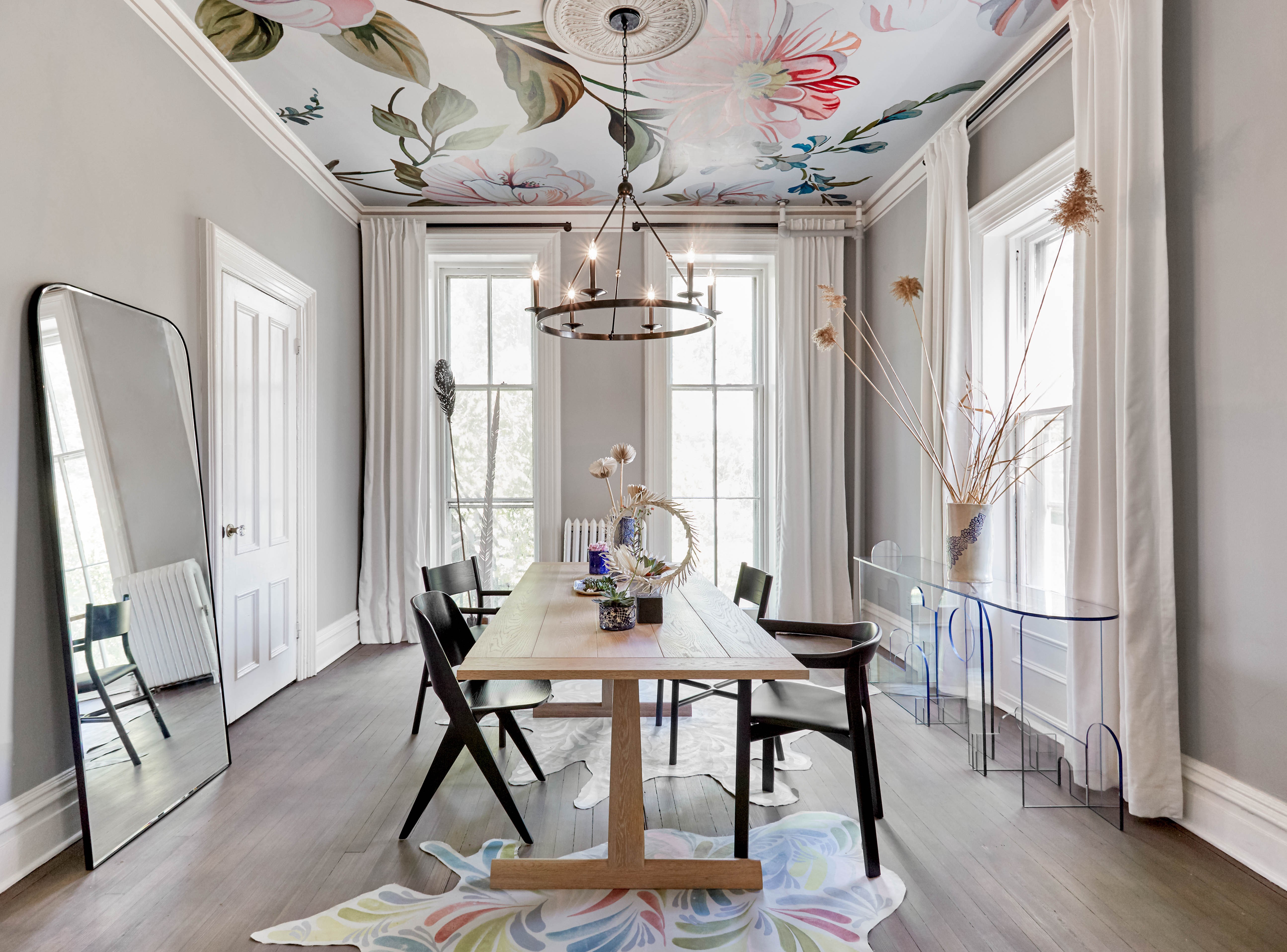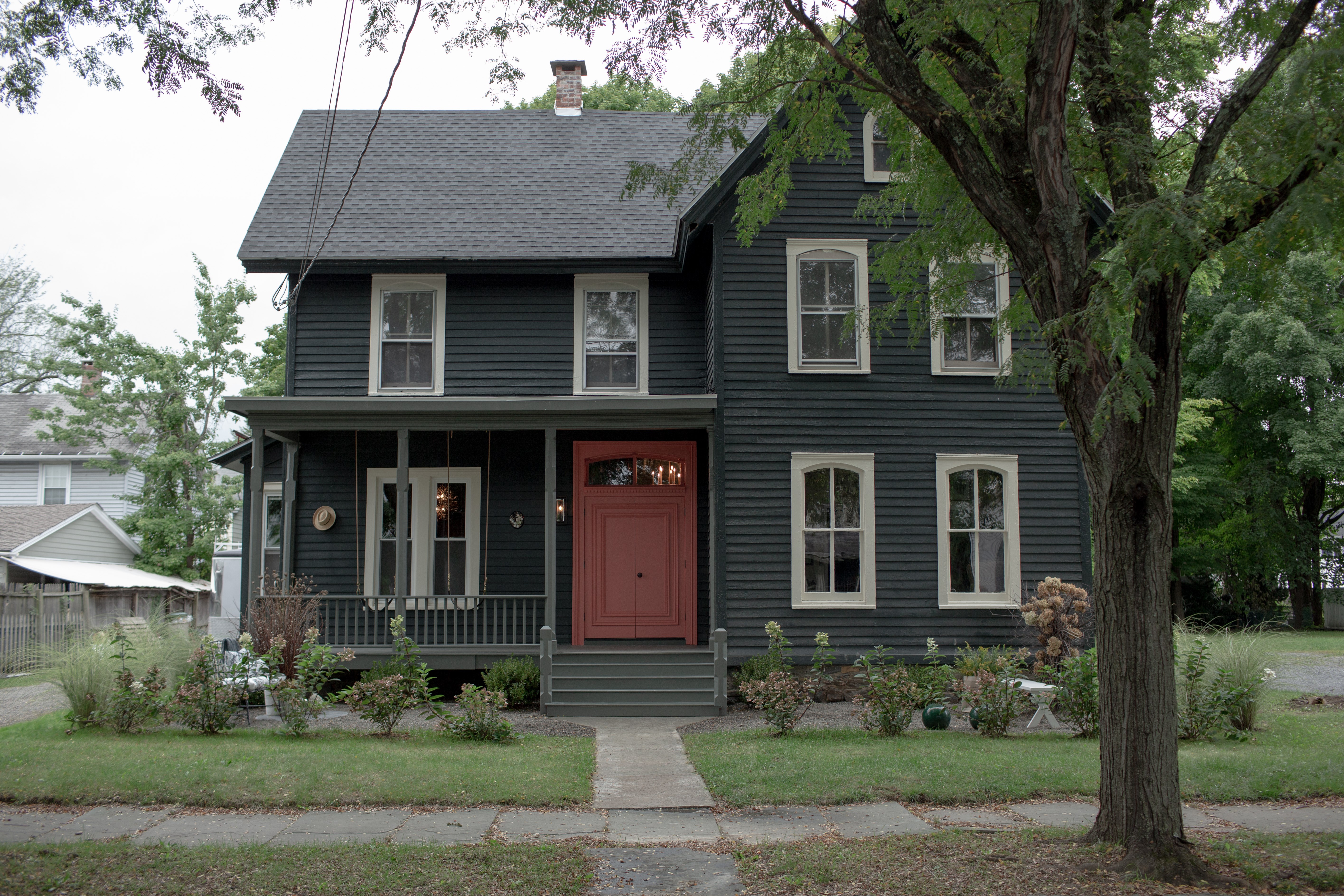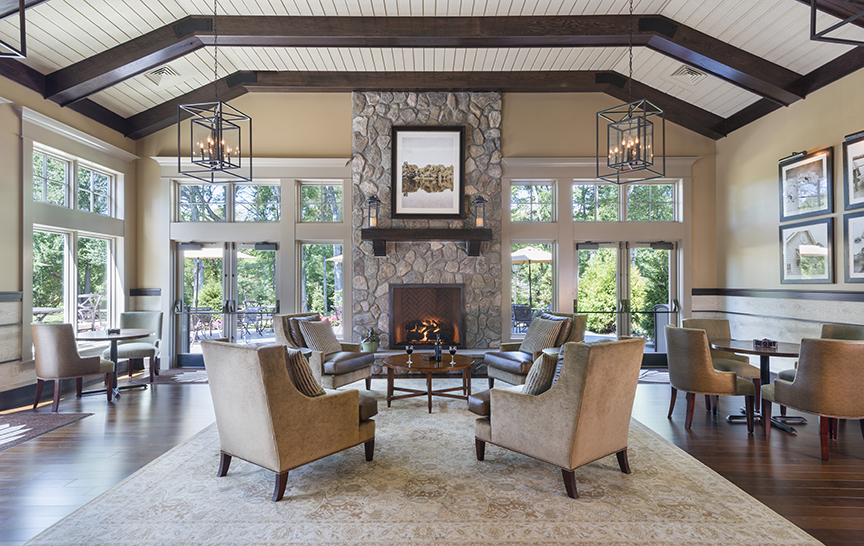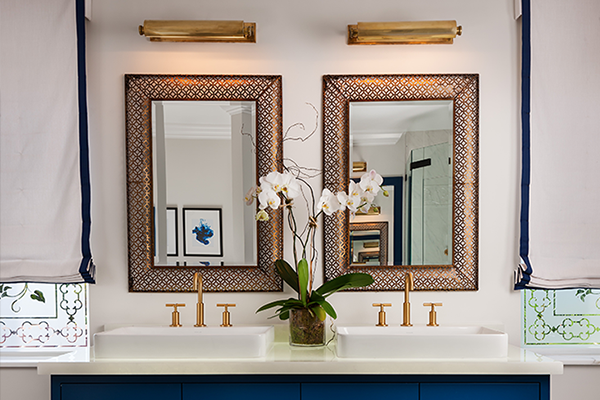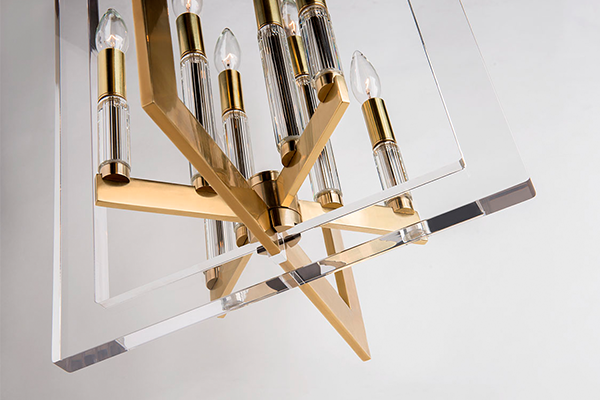Just a Trend or To the End?
Why do people do accent walls? Is it just to do something different? Is it because they’re not totally in love with the color they’ve chosen for a room, or fear bold color will be overwhelming if used throughout the whole space?
Or maybe the above line of questioning is wrong. Should one naturally assume the defensive position, or should anti-accenters be the ones to start on the backfoot?
Whether the accent wall is a viable, interesting way of adding color and contrast to a room or whether it's a dated, overworn concept is up for debate. And people LOVE to debate it.
At best, it adds great visual interest to a room, affecting the mood of the whole space. At worst, it's what? Nonsensical? Dated?
Jura Koncius in The Washington Post offers a kind and helpful perspective on this question:
“‘Dated’ means that at one time it looked good,” said Amy Zantzinger, an interior designer based in Chevy Chase. “Bad taste never looked good.”
One counter-argument to the "dated" critique is that it's hard to pin down when accent walls became a thing.
Bridget Mallon of House Beautiful points out that though accent walls were "trending" a few years ago, they can no longer be called a trend: they're still here, they're still effective and dramatic when done well, and they've now been going on too long to be called a trend.
What to Consider
Do you want to draw attention to the wall? If so, painting that one wall a different, perhaps bolder color than the rest of the room, is a good choice.
Is there something else in the room that better merits attention? For example, if you have an exquisite piece of antique furniture, that might be the thing you want to highlight. In such a case, lighting is the answer. Flanking the treasured item with sconces will guide the eye toward it, weighting it in the room. Or if you have a work of art that you love, hanging it in the best possible place and shining a picture light down on it is going to make it stand out.
One of the main uses people find for the accent wall is as a way to address the design challenge of a small space. Mariella Cruzado, interviewed on the subject by Elle Decor, said, "One wall painted with a rich, dark color creates a visual depth in a room, making it feel larger."
While some love to snark about the accent wall and others enjoy fashioning well-argued manifestoes for it, some even-keeled interior designers are neither for nor dead against it . Instead, they approve of doing it in an informed, thought-out way. In other words, an accent wall done with careful consideration and articulated reasons is usually a good thing. An accent wall done just because, on the other hand, not so much.
Pros & Cons
Before taking a look at some alternatives to an accent wall or best places for one, here are some pros and cons. (Source: Elle Decor)
Cons:
- Can feel removed from the rest of the décor
- Walls don’t need to be a focal point
- Using the “wrong” color can ruin the space
Pros:
- Great for small spaces
- Several styling options
- Can help divide a space
Alternatives
A better name for accent walls might be emphasis walls. The point, really, is to emphasize something. So, successful accent walls use color on the most appropriate wall (one section of a wall) to emphasize the most important element of the room.
Some designers suggest using a “gallery wall” to achieve the same result, but to better effect. (A gallery wall—for those not in the know—is when you cluster a group of framed photographs, paintings, and sketches.) Proponents of the gallery wall might argue that art—its power, its presence, its immediate impact—will never go out of style, the way an accent wall might (or, some say, already has). This way, one wall has added weight.

Original Photo from Lonny Magazine
The Decorologist recommends that if there is a color you love but are afraid to commit to, it might work better to add it throughout the space in other ways. She suggests you do the chairs in that color, add a work of art that uses the color predominantly, and choose curtains that go from rod to floor that add a big lumping of the color.
Another successful alternative to the accent wall is to paint the ceiling a different color. Referred to as the "fifth wall" for this reason, people forget about the ceiling, and that it doesn't have to be white. Many rooms change for the better when a color is painted on it. Having been done for a long time, it doesn’t really go in and out of style. Rather than sink you into one wall entering a room, potentially creating an imbalance, a ceiling painted a color different from the rest of the room (and not white!) may lift you up, ever so slightly, or cover you like a favorite blanket.
Best Places
There seems to be a consensus about places an accent wall works best.
One is in a bedroom, on the wall the headboard goes up against. The bed is already the focal point of the bedroom, so this makes sense. We're not sure if Lauren Nelson's bedroom wall in Benjamin Moore Day's End is an accent wall, but it sure would work as one.
Another is on a staircase. The wall next to one side of a staircase is an interesting place for an accent wall. This oft-cited example shows why. The Benjamin Moore Merlot Red used here combined with the texture of the walls and the black of the staircase makes for a winning combination.

Photo by Ngoc Minh Ngo | Design by Amanda Kyser
And, let's face it, this spot to take off your coat and shoes when coming in is a perfect use of an accent wall.

Benjamin Moore Amazon Soil \ via Pinterest via Kylie M. Interiors via House & Home
What do you think? Let us know in the comments below.
Featured Image at top via My Domaine | Image originally from Elle Decor



